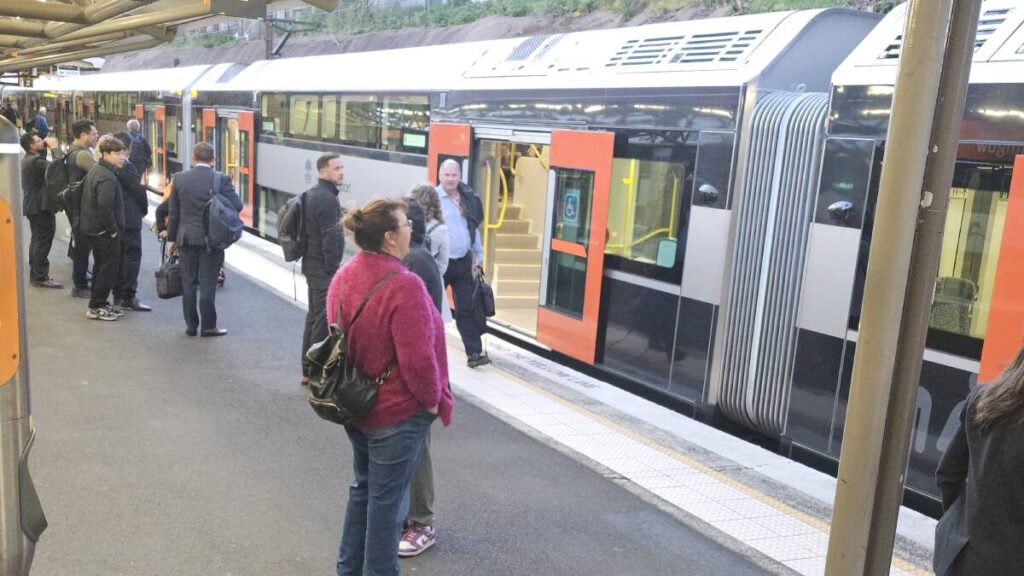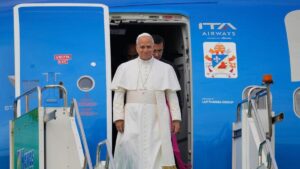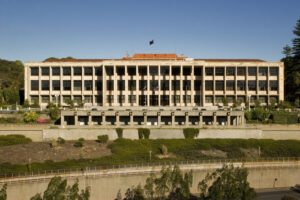
October 13, 2023 marks a significant milestone for commuters in New South Wales as the first Mariyung trains have entered service on the Blue Mountains line. A crowd of enthusiastic passengers boarded the new fleet at Lithgow Station at 6:24 AM, beginning their journey to Central. The initial rollout includes two 10-car trains, with plans for additional units to be operational by the end of the month.
By the close of October, another two 10-car trains and three six-car trains are expected to join the service. This is part of a broader plan to have a full fleet of 12 10-car trains in operation by the end of 2026. As the new fleet comes online, the existing V-sets will gradually be phased out, improving the overall commuter experience.
Features and Design of the Mariyung Trains
The Mariyung trains, named after the Darug word for emu, are designed with flexibility in mind, able to operate in four-car, six-car, eight-car, or 10-car configurations. A fully operational 10-car train can accommodate over 820 passengers.
These modern trains boast state-of-the-art safety features, including CCTV systems designed to monitor the platform-train interfaces, enhancing passenger safety. Commuters will benefit from improved accessibility features, such as two-by-two seating arrangements, digital screens for information display, and charging stations for mobile devices. Additionally, there is dedicated space for luggage, prams, bicycles, and wheelchairs to cater to a diverse range of passengers.
The Mariyung fleet made its first passenger journey from Newcastle in December 2024, where it received a largely positive reception from local commuters. This earlier introduction was part of the strategic rollout plan for the new trains.
Controversies Surrounding the New Fleet
The introduction of the Mariyung trains has not been without controversy. Since their announcement by the previous Coalition government in 2015, the plans have faced scrutiny. Modifications to the Blue Mountains rail line were necessary to accommodate the Korean-built trains, which raised concerns among commuters regarding the fixed seating arrangements.
In response to criticism over the decision to eliminate reversible seating, Transport for NSW defended its choice by emphasizing passenger comfort. The agency stated, “Reversible seating could only have been accommodated by significantly compromising on comfort and seating amenities. Customer feedback indicated that comfort was a key priority.”
As the new Mariyung trains begin their service, they represent a step forward in modernizing public transport in the region, while also addressing past concerns and enhancing the commuting experience for passengers.






